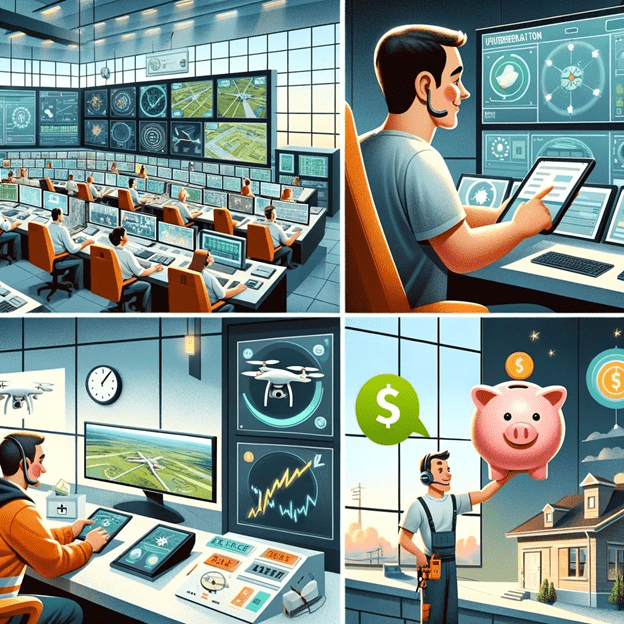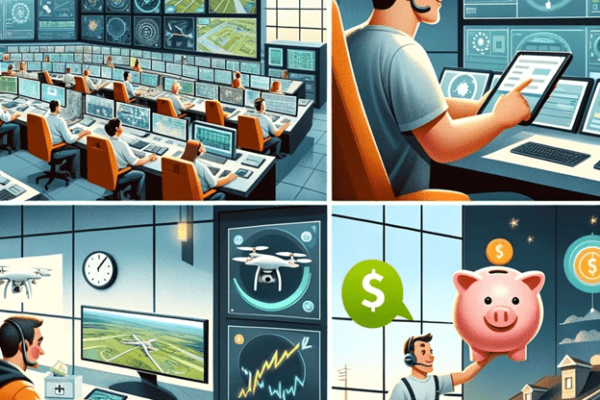In today’s fast-paced world, the demand for reliable utility services has never been higher. Whether it’s electricity, water, or telecommunications, consumers rely on these essential services for their daily lives. Behind the scenes, utility companies work tirelessly to maintain and upgrade their infrastructure to ensure that these services remain dependable. One technology that has emerged as a game-changer in this endeavor is drones.
Drones: The Aerial Guardians of Utility Infrastructure
Drones, also known as Unmanned Aerial Vehicles (UAVs), have transcended their reputation as hobbyist gadgets and are now essential tools for utility companies. These flying marvels have the ability to capture critical data, detect potential issues, and enable proactive maintenance, all from a unique aerial perspective. Let’s dive into how drones are reshaping the utility industry and ensuring the reliability of vital infrastructure.
A Bird’s-Eye View of Power Lines
Power lines, stretching across vast distances and often traversing challenging terrains, are the lifelines of our electrical grid. Ensuring their integrity is of paramount importance. Drones equipped with advanced cameras and sensors take to the skies to inspect power lines with unparalleled precision. From high-resolution imagery to thermal imaging, drones provide a comprehensive view of the infrastructure’s health.
This aerial vantage point allows utility companies to identify potential issues such as damaged insulators, loose hardware, or vegetation encroachment. By detecting these issues early, drones help prevent power outages and minimize the risk of electrical fires, ultimately ensuring uninterrupted service for consumers.
Substation Surveillance from Above
Substations are critical hubs in the electrical grid, where electricity is transformed and distributed to end-users. Ensuring the reliability of substations is paramount to maintaining a stable electrical supply. Drones play a crucial role here as well. They can fly near substations to capture detailed images and thermal data, revealing hidden problems like overheating components or damaged equipment.
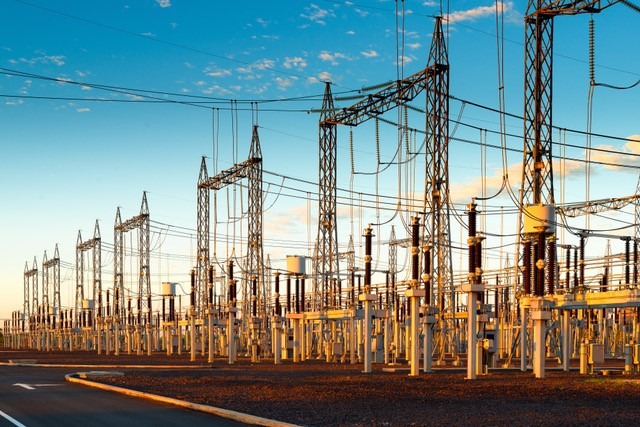
With this data in hand, utility companies can schedule maintenance or repairs proactively, reducing the chances of costly equipment failures and service disruptions. Drones make it possible to monitor substations without risking the safety of on-site personnel.
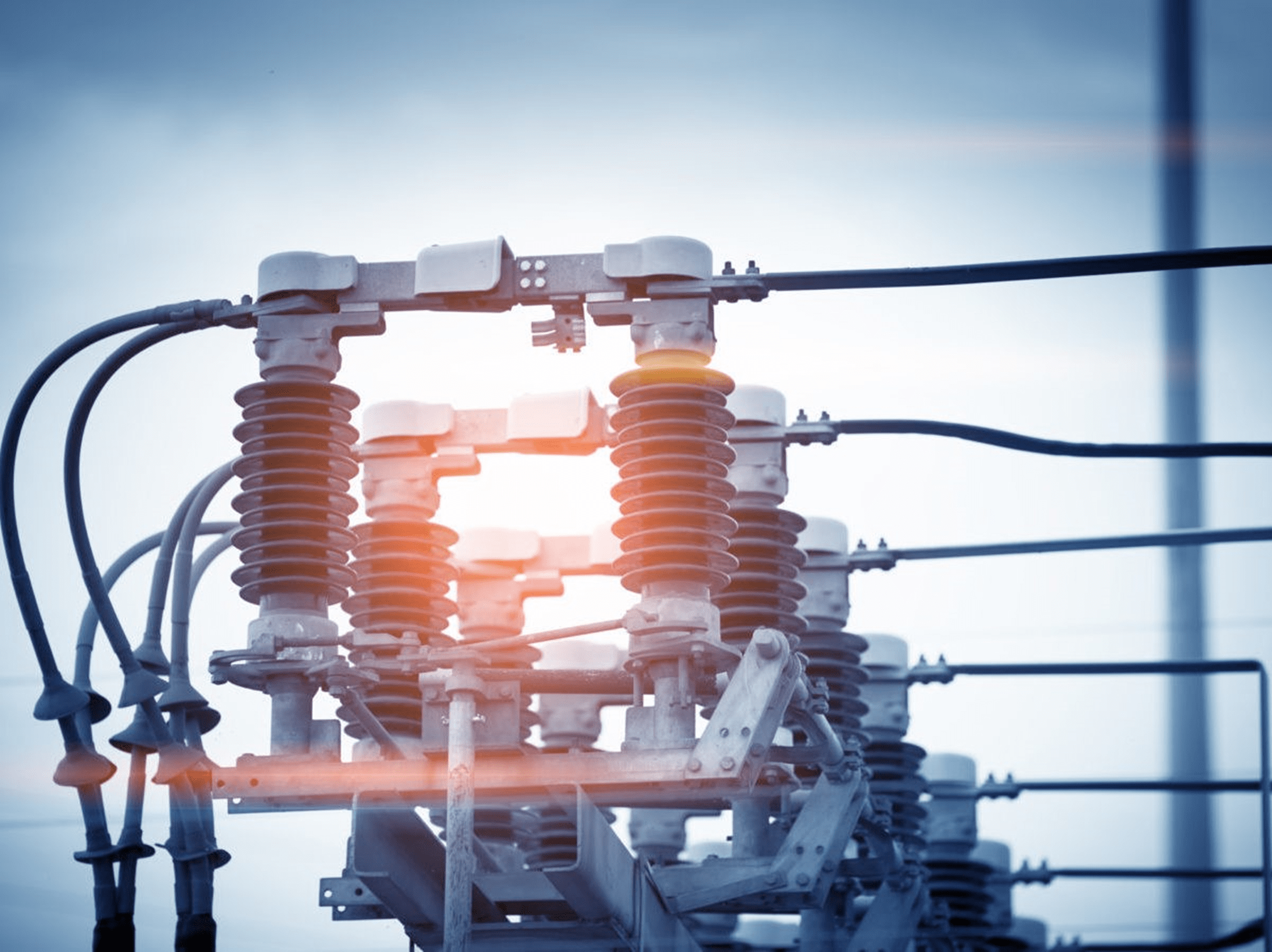
By identifying potential issues before they escalate, utility companies can save both time and money. Moreover, the ability to prioritize maintenance based on accurate data ensures that critical components receive the attention they need, ultimately enhancing the overall reliability of the utility network.
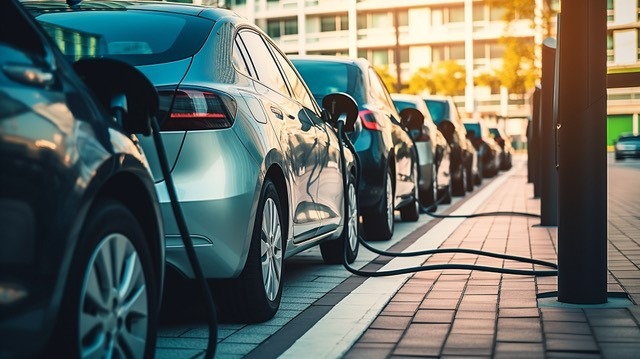
Enhancing the Customer Experience
Reliable utility services are not just about infrastructure; they are about the customers who depend on them. Drones indirectly contribute to a better customer experience by reducing service interruptions. Fewer power outages mean happier customers who can trust that their utility provider will deliver when needed most.
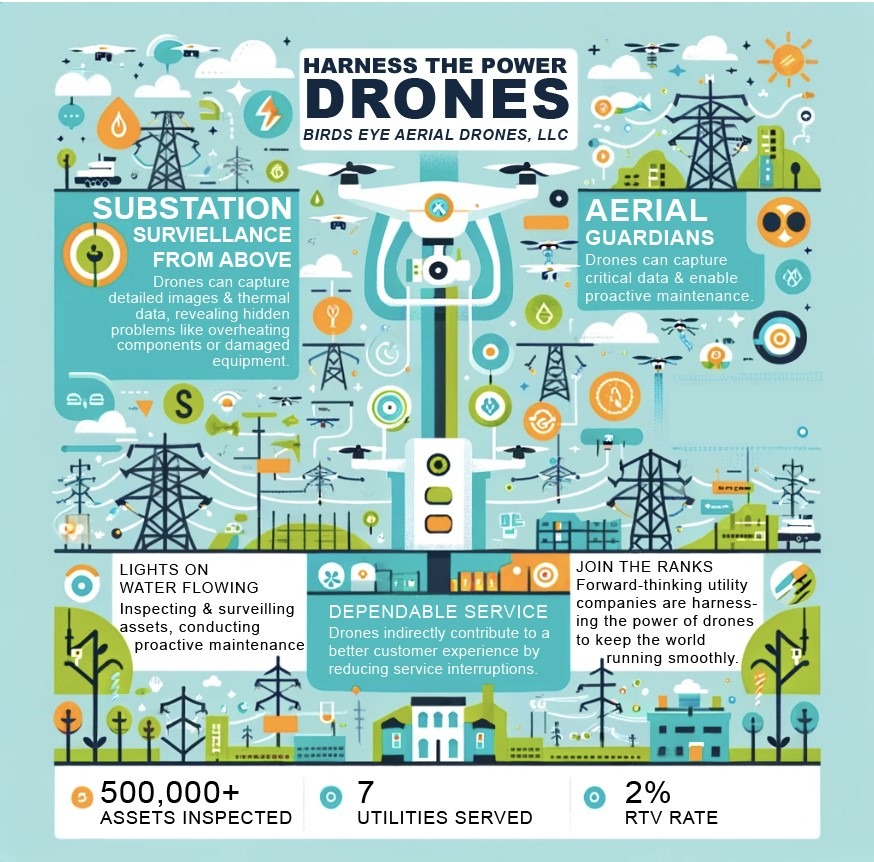
Conclusion
Drones have evolved from being a technological novelty to indispensable tools in the utility industry. Their ability to capture critical data, detect potential issues, and enable proactive maintenance has transformed the way utility companies ensure the reliability of their infrastructure. By adopting drone technology, utility companies not only improve their operational efficiency but also enhance the quality of service they provide to their customers.
So, whether it’s inspecting power lines, surveilling substations, or conducting proactive maintenance, drones are the aerial guardians that help keep the lights on and the water flowing. They are the pixel-perfect solution to ensure the reliability of utility infrastructure.

